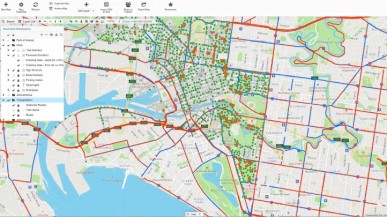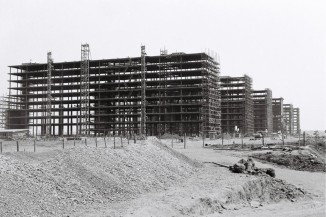
Blog / BIM & Construction Management
Understanding the Information Delivery Manual (IDM): A Key to Effective BIM Implementation
Categories
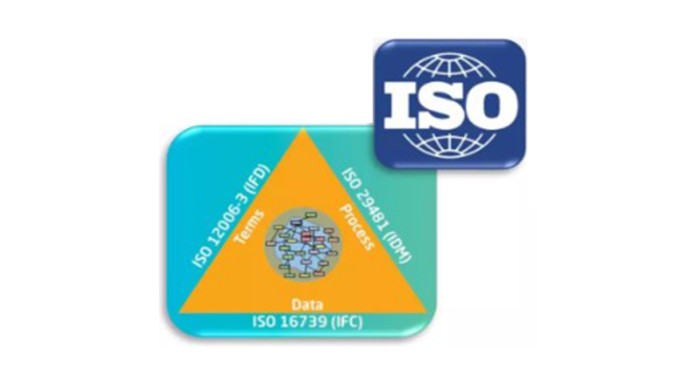
The built asset industry is characterized by its collaborative nature, where various companies and authorities converge to form project-specific organizations. To ensure that project participants are aware of information requirements, a more reliable information exchange must occur. Additionally, to leverage Building Information Modeling (BIM) effectively, higher quality information must be provided in a timely manner. This aids in decision-making and contributes to the overall success of the project.
For these objectives to be met, there must be a common understanding of building processes and the information needed for and resulting from their execution. This is where the Information Delivery Manual (IDM) comes into play.
What is the Information Delivery Manual (IDM)?
The IDM, developed by buildingSMART International, is a methodology designed to capture and specify processes and information flow throughout the lifecycle of a facility. It aims to provide an integrated reference for the processes and information required by BIM, identifying the discrete processes undertaken in building construction and the information needed for their execution. The IDM specifies:
- Where a process fits and why it is relevant.
- Who are the actors creating, consuming, and benefiting from the information.
- What information is created and consumed.
- How the information should be supported by software solutions.
Detailed Definition
An IDM is a document that captures business processes and provides detailed specifications of the information a user fulfilling a particular role would need to provide at specific points within a project. It outlines the lifecycle processes a built asset will go through, showing relevance and dependencies, and detailing the requirements for the information needed to carry out each process successfully.
Standards Governing IDM
The standards for IDMs are set out in several ISO publications:
ISO 29481-1:2016
Building information models -- Information delivery manual -- Part 1: Methodology and format
This standard facilitates interoperability between software applications used throughout all stages of the construction lifecycle, including briefing, design, documentation, construction, operation, maintenance, and demolition. It promotes digital collaboration among construction process participants and provides a foundation for accurate, reliable, repeatable, and high-quality information exchange.
ISO 29481-2:2012
Building information models -- Information delivery manual -- Part 2: Interaction framework
This part of the standard specifies a methodology for describing an interaction framework, mapping responsibilities and interactions to provide a process context for information flow, and a format for the interaction framework.
ISO/WD 29481-3
Building information modelling -- Information delivery manual -- Part 3: Data schema
This part defines a specification for storing, exchanging, and reading IDM specifications.
Key Components of IDM Documentation
IDM documentation typically includes:
- Interaction Maps: Representation of the roles and transactions relevant for a defined purpose.
- Transaction Maps: Representation of a set of messages that are exchanged between participating roles for a particular purpose.
- Process Maps: Visual representations of the processes involved in a project.
- Exchange Requirements: Specifications of what needs to be exchanged to meet requirements at a given project stage.
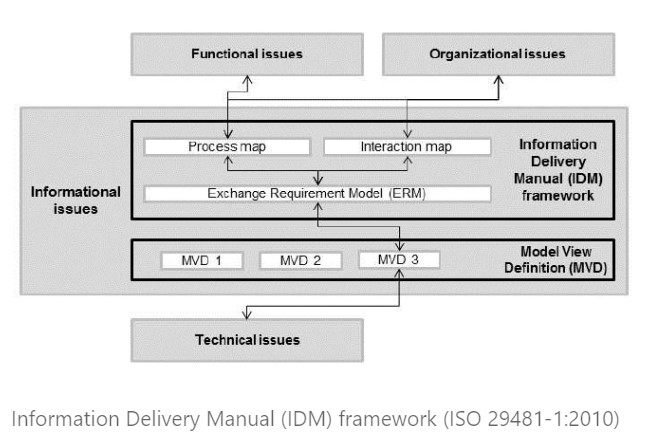
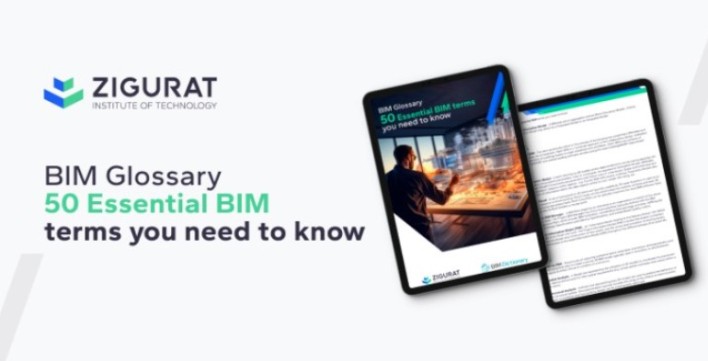
Documenting Processes and Information Flow
IDMs can document both existing and new processes, describing the associated information that needs to be exchanged between parties. The outputs from these standards can form the basis for a more detailed specification that can guide software development processes. It is crucial to support IDMs with software to ensure that data can be communicated and interpreted accurately by receiving systems.
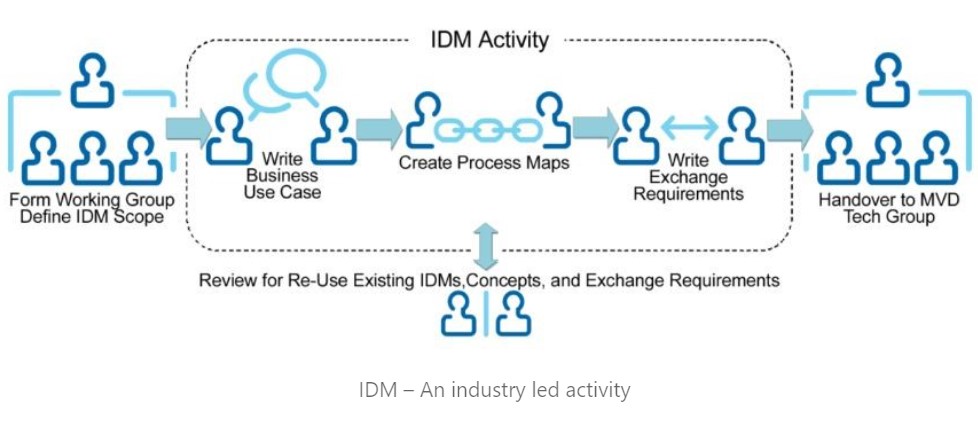
Benefits for BIM Users and Software Developers:
For BIM Users:
- Provides an easy-to-understand description of building construction processes.
- Clarifies the information requirements for process execution.
- Identifies the expected end results, improving information exchange reliability, decision making, and overall project effectiveness.
For Software Developers:
- Identifies and describes the detailed functional breakdown of processes and the IFC capabilities needing support.
- Assists in responding to user needs and ensuring quality information exchange, contributing to the development of reusable software components
Practical Applications and Challenges
IDMs have been tested in real construction projects and competitions, leading to specifications that improve information exchange and collaboration. However, creating IDMs can be challenging, particularly in areas lacking structured and well-documented processes. In such cases, it is necessary to agree on processes and relevant activities, followed by developing the necessary software solutions to support IDM implementation.
Conclusion:
An IDM significantly enhances the reliability of information exchanges between project participants, improves information quality, and facilitates better decision-making. By providing a structured and detailed approach to defining and managing information requirements, IDMs support the effective implementation of BIM and other construction-related processes.
Useful Resources from buildingSMART International
Guides:
IDM: Guide to Components and Development Methods
An Integrated Process for Delivering IFC Based Data Exchange


Related module


